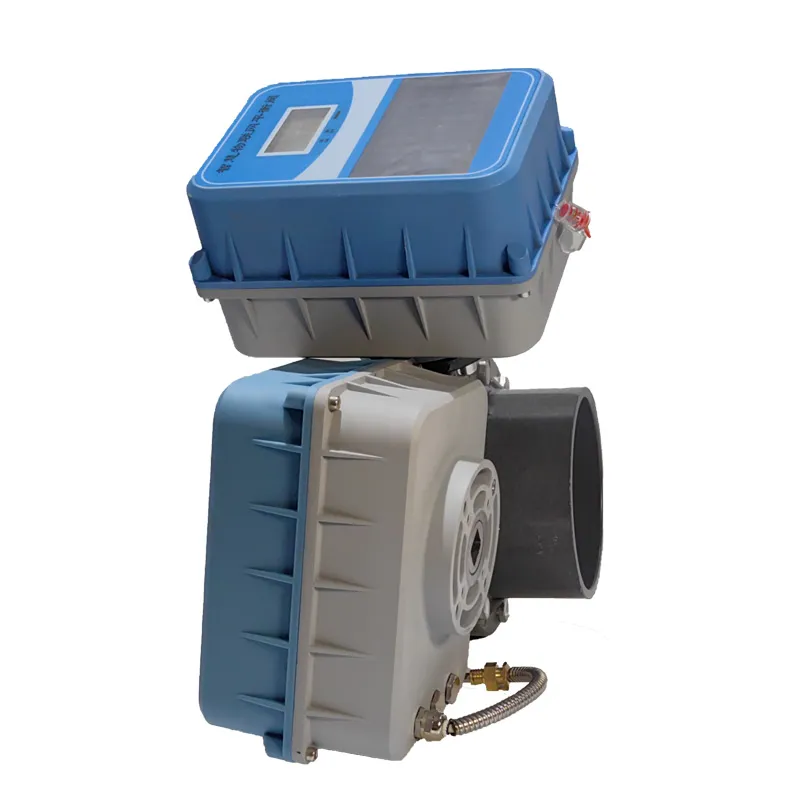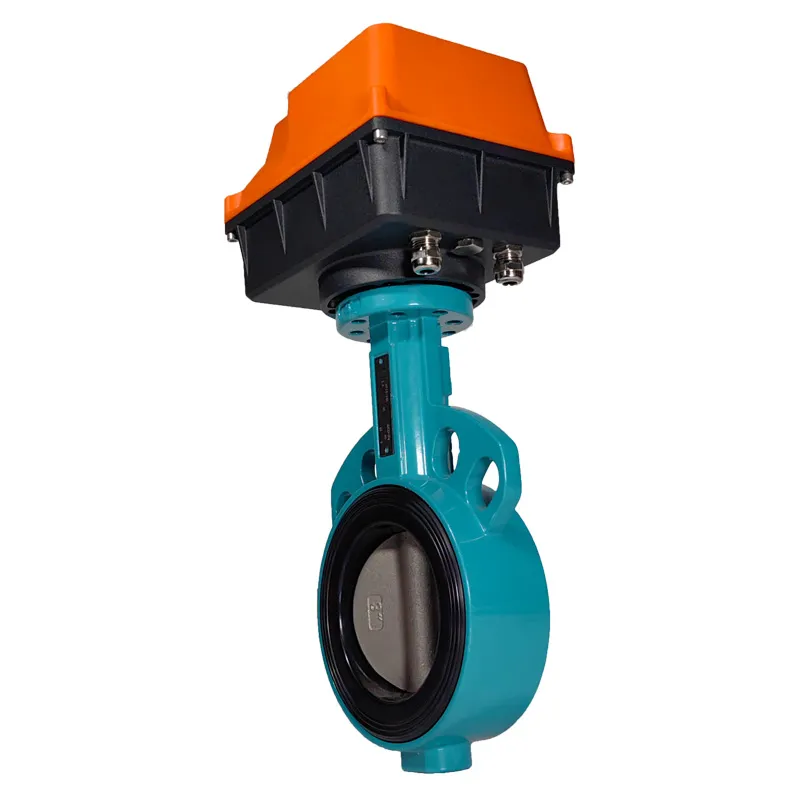Avoid your inquiry is delay response, please enter your WhatsApp/WeChat/Skype along with the message, so we can contact you at the very first time
We will reply you within 24 hours. If for urgent case, please add WhatsApp: +86 13188899036, or WeChat: 0531-87968777. Or call 0531-87968777 directly.
* We respect your confidentiality and all information are protected. We will only use your information to respond to your inquiry and will never send unsolicited emails or promotional messages.
Throughout my years in valve manufacturing, I’ve noticed many professionals use different terms for electric valves. This often leads to confusion when specifying system components.
Electric valves are also known as motorized valves, actuated valves, or power-operated valves. These terms all refer to valves that use electrical power for operation rather than manual control.

Electric Valve
Let me share my expertise to clarify the terminology and help you understand these essential components better.
During a recent factory upgrade project, a client asked me about the benefits of motorized valves compared to manual ones.
A motorised valve1 automatically controls fluid flow using an electric motor. It can open, close, or adjust flow rates based on electrical signals from thermostats, controllers, or building management systems.
My experience in designing and implementing motorized valve systems has given me deep insights into their capabilities and applications. Let me share what I’ve learned from countless installations.
The operation of a motorized valve involves several key components:
I recently completed a large-scale installation where motorized valves demonstrated their value:
| Feature | Impact | Benefit |
|---|---|---|
| Remote Operation | Reduced labor | 75% less manual intervention |
| Precise Control | Better flow management | ±1% accuracy |
| Automated Response | Faster system reactions | 5-second response time |
| Position Feedback | Real-time monitoring | Continuous status updates |
| Fail-Safe Operation | Enhanced safety | Automatic emergency response |
The system included multiple valve types, each serving specific functions:
This question comes up frequently in my consulting work, as many people confuse these distinct components.
A valve is the mechanical device that directly controls fluid flow, while an actuator is the power unit2 that moves the valve. The valve creates the flow path, and the actuator provides the force to control it.
Over my years in manufacturing, I’ve developed a thorough understanding of how valves and actuators work together. Let me break down their distinct roles and characteristics based on real-world applications.
Valve Characteristics:
Actuator Features:
In a recent industrial project, I documented these key differences:
| Aspect | Valve | Actuator |
|---|---|---|
| Primary Function | Flow Control | Movement Generation |
| Design Focus | Fluid Handling | Force Production |
| Maintenance | Seal Replacement | Motor Service |
| Lifespan | 10-15 years | 5-8 years |
| Cost Factor | Size/Material | Power/Control |
My experience in valve manufacturing has taught me that understanding valve types is crucial for proper system design.
The three main types of valves are Quarter-turn valves (ball and butterfly), Multi-turn valves (gate and globe), and Control valves3 (regulating and special purpose). Each type serves distinct functions in fluid systems.
Through years of designing and installing various valve systems, I’ve gained extensive knowledge about each valve type’s strengths and ideal applications. Let me share insights from my practical experience.
Quarter-turn Valves:
Multi-turn Valves:
Control Valves:
In my role as a valve manufacturer, I frequently explain the unique benefits of butterfly valves to clients.
Butterfly valves are designed for large-diameter applications requiring efficient flow control with minimal space requirements. They excel in water treatment4, HVAC systems5, and industrial processes where cost-effective flow control is needed.

Butterfly Valve
My extensive experience with butterfly valve installations has provided valuable insights into their capabilities and optimal applications. Let me share what I’ve learned from numerous successful implementations.
Key Advantages:
From a recent large-scale project, here are the measurable benefits:
| Feature | Benefit | Impact |
|---|---|---|
| Size | 60% space saving | Reduced installation costs |
| Weight | 70% lighter | Easier handling |
| Cost | 40% less expensive | Better ROI |
| Maintenance | 50% less time | Lower operating costs |
| Installation | 30% faster | Quicker commissioning |
Electric valves, whether called motorized, actuated, or power-operated valves, are essential components in modern fluid control systems. Understanding their types, functions, and applications is crucial for selecting the right valve for your specific needs.